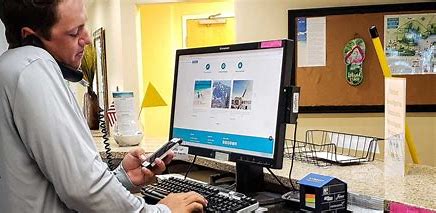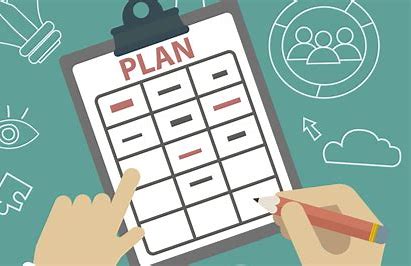Technology promised to help us get more done quickly. It
persuaded us to try to do multiple things at once. Research shows this is not
true.
Multiple studies show it is impossible to multitask. Even
when you think you are managing to write an email while watching a webinar
while thinking about your shopping list, you are not.

You are actually just switching your attention astonishingly
quickly, over and over again. It is not only exhausting, but makes you even
less efficient than if you did one thing at a time.
Dr Earl Miller is a neuroscientist and Professor of
Neuroscience at MIT in the United States.
“People can’t multitask very well, and when people say they
can, they’re deluding themselves,” says Dr Miller. “The brain is very good at
deluding itself.”
Dr Miller says trying to multitask is an extra problem when
you’re juggling similar tasks, for example talking on the phone while writing
an email. He says it’s impossible to focus on both because they involve the
same part of the brain, the part responsible for communication.
Multitasking makes you slower
Researchers have proven that trying to switch between too
many things too often actually reduces your productivity.
The only time it is possible to multitask to any extent at
all is when one of the tasks in habitual or automatic. Think: cleaning your
teeth while mentally compiling your to-do list. But as soon as you need to
focus on something new, such as discovering a sore tooth, your brain switches
away from your to-do list.
Research Fellow at Deakin University’s School of Psychology,
Dr Gillian Clark, says our brain doesn’t have capacity to allocate attention to
everything all at once.
“This switching to and from is really inefficient,” Dr Clark
says, “It means that we miss things, make mistakes and slow down on all the
tasks we’re switching between. Multitasking generally lowers productivity.”
The University of Utah recently ran a comprehensive study to
measure how well people think they can multitask, compared to how well they can
actually do it. They concluded, “Perceptions of the ability to multitask were
found to be badly inflated.”
What’s more, they said, “the persons who chronically try to
multitask are not those who are the most capable of multitasking effectively.”
How to actually get more done
So if multitasking doesn’t help you get more done more
quickly, then what does?
Doing one thing at a time, according to experts. It’s simple
but powerful.

Here are some more tips on how to achieve that:
1. Create a block of time for each task
Most of us have to do multiple
tasks within a day, so the trick is to create blocks of time for different
tasks, where you can work undistracted by all the other tasks.
You could even set yourself
appointments with each task – it seems to increase your commitment to getting
it done.
2. Plan your day
Yes, unexpected things will come
up, but planning allows you to allocate blocks of time for the tasks you know
you have to do, while allowing some wriggle room.
3. When you’re at your desk, only
work
If you know you like to procrastinate
on news, websites or social media, then train yourself to do that away from
your desk. Stand up and use your phone, if you must. That way, you create a
habit where being at your desk means focused work.